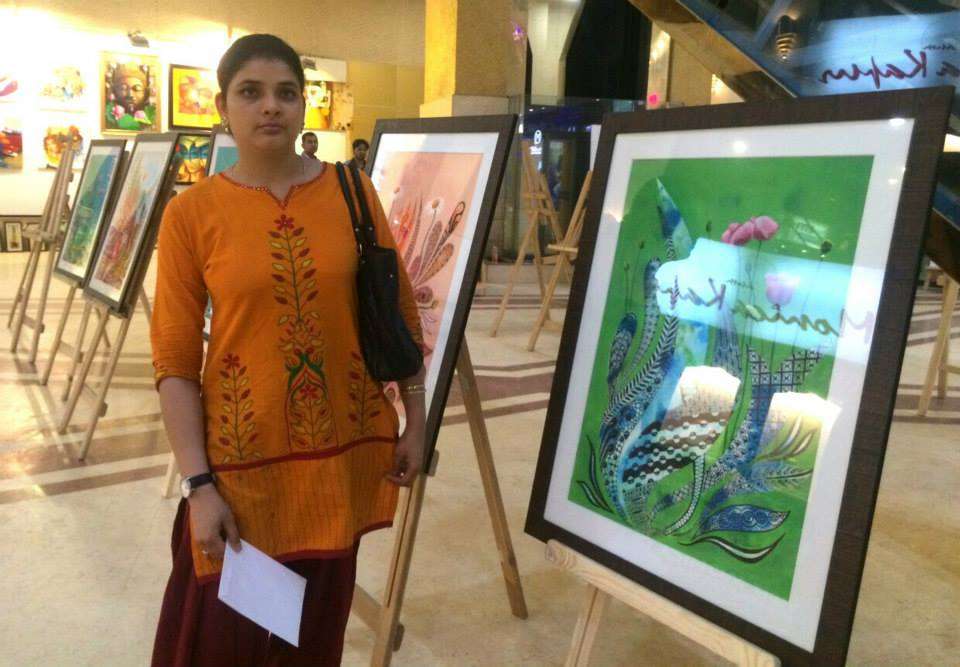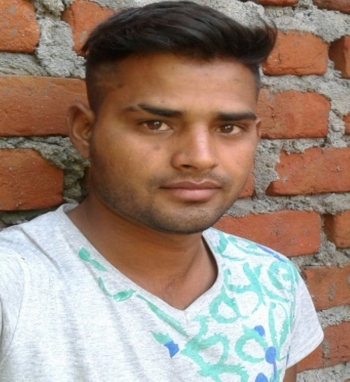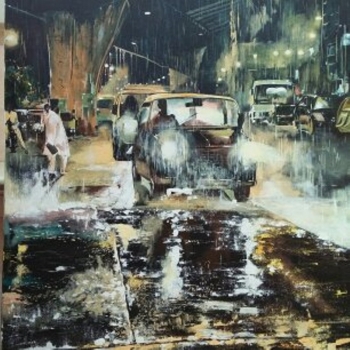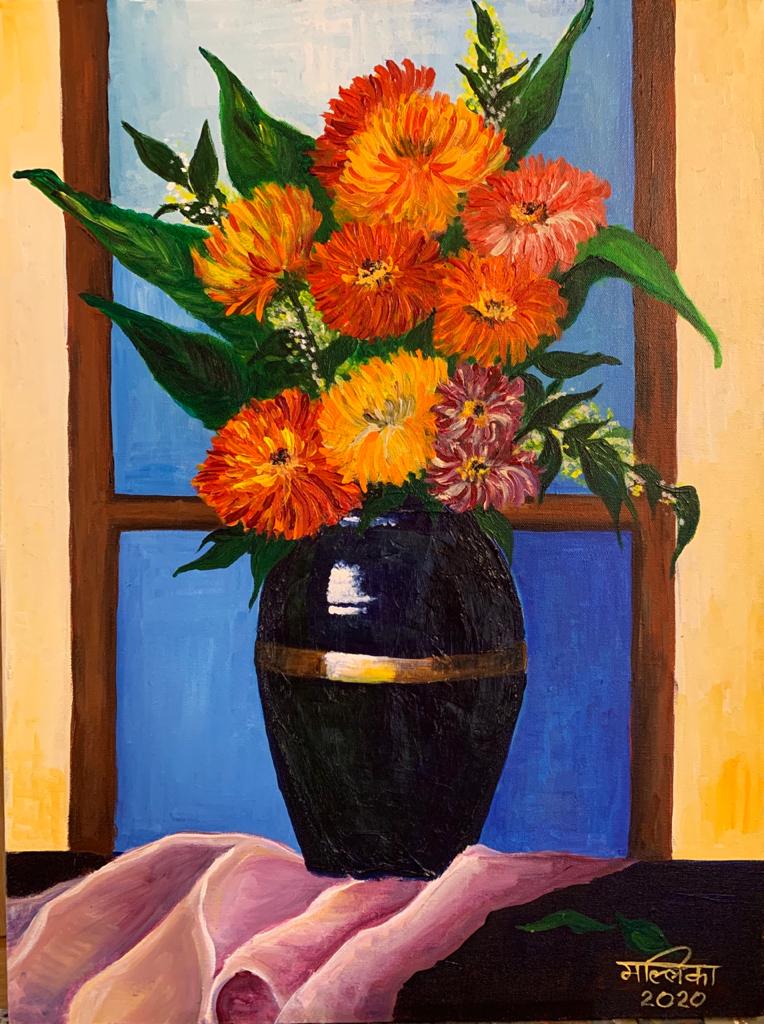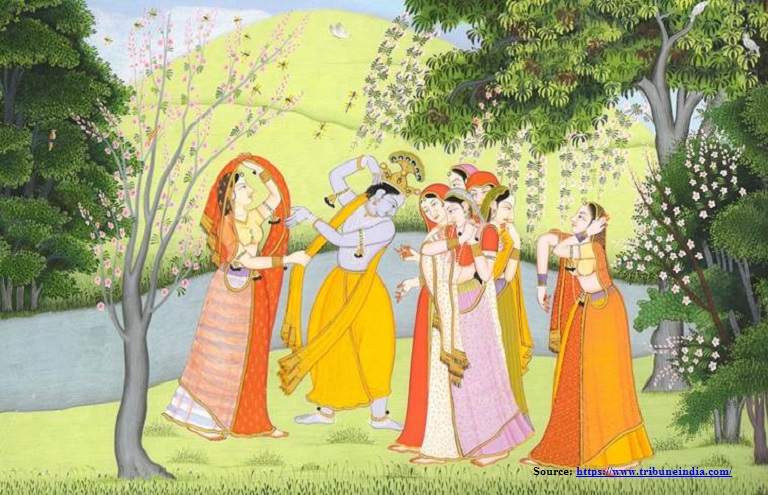
With its roots in a great spiritual upsurge, Kangra art is the visual expression of a vivid cultural movement of northern India. Indeed, one of the finest gifts of India to the art-world.
Like most traditional Indian art forms, Kangra art demands rigor, patience, and rigid discipline. The characteristic delicate and fine outlines of this Himachal folk art on sheets of handmade wasli paper can only be drawn using brushes made of real squirrel hair. Both the paper and the brush, are made by the artists themselves — the paper is made from the waste of pine trees, even the paints are organically made — grounded by hand from raw minerals. Mostly inspired by the beauty of the Himachal landscape, trained painters translated nature into their work. However, artists at Chamba, Kangra, Bilaspur, Guler, and Basohli created scenes from Indian myths and poems such and set them against the local backdrop of mountains and swaying fields of grain, the most popular being Radha-Krishna and Lord Shiva paintings.

The History
Created in miniature, these organically colored heritage paintings from the land of Himachal had their own identity and life cycles.
Kangra miniatures art originated in a small hill state ‘Guler’ of the lower Himalayan region in the early 18th century when a family of Kashmiri painters trained in Mughal Style of art sought shelter at the court of the then ruler of Guler, Raja Dalip Singh (1695-1741). During this era, this art style was immortalized by the works of famous artists including Pandit Seu, Nainsukh(1710-1778), and his older brother Manuku.
Though early Kangra paintings were mostly portraits of rulers and masters made during the reign of Ghamand Chand( ruled 1761-1774 A.D) made mostly by Gaudhu, sons of Nainsukh (Kama, Gaundhu, Nikka and Ranjha), this art form evolved with time incorporating new idioms. Interacting with the local artists of the region, these new painters were greatly influenced by the mesmerizing scenery and vibrant cultures of the hills. Instead of painting flattering portraits and intimate love scenes, these Kashmiri painters now captured verdant greenery of the landscape, brooks, valleys, and springs surrounding and gradually adopted the themes of eternal love between Radha and Krishna. Spiritual and cultural themes of the region were also recurrent images in their art form. Primarily naturalistic, these artworks were created by employing cool, fresh colors extracted organically from minerals, vegetable flowers, and thereby possessing enamel-like luster.
This art style reached its zenith under the aegis of Maharaja Sansar Chand Katoch (1776-1824) who was a great patron of Kangra art. He compensated the painters working at his art workshop with large commissions in the form of money and permanent land settlements. As Maharaja was an ardent devotee of Lord Krishna, he used to commission artists to paint subjects based on the true love, amorous adventures, and life of blue-hued Lord Krishna, taking episodes from Bhagavata Purana and Jaidev’s Gita Govinda. Later, Kangra art evolved its own freshness and distinct character by depicting other religious themes of Hinduism wherein Lord Shiva paintings were produced by many celebrated artists of that time.
At Kangra, Raja Dharam Chand promoted this art form. After the siege by Gorkhas in 1805, most of the artists abandoned Kangra and the atelier was disturbed forever. After shifting territories to Tira-Sujanpur, he tried to revive the art and some artworks were created. However, the previous energy of the art seemed to have got diluted.
The other main center of Kangra art was Nurpur where paintings were mostly done during the rule of famous Rajput King Prithvi Singh (1735-89) and Bir Singh (1785-1846). Though the main centers of Kangra paintings were Guler, Basohli, Chamba, Nurpur, and Kangra regions of Northern India. Later on, this unique style also reached areas of Mandi, Suket, Kulu, Arki, Bilaspur, Nalagarh, and Tehri Garhwal, which are now collectively known as Pahari painting.
All-Organic Material
All-natural raw materials and tools are used in creating this intricate art of Kangra miniatures. Everything from the paint, canvas, and brushes are obtained organically by the artists themselves.
For the paintbrushes, only squirrel hairs are used— nothing else can draw the line as fine, they are just perfect for the delicate outlines.
Done primarily in 19 colors, all of which are obtained from nature’s treasure— rocks, stone, leaf and flower, and even bugs found in the valley are used to yield their pigments to color handmade paper or cloth surface. Some color pigments are coaxed out of its natural rock-like form after rigorous rubbing, tempering, and grounding while others are extracted after boiling flowers and leaves and filtering the residue. Indigo creates gorgeous rolling clouds as well as rich garment shades, a natural element of hansraj is used to make hues of brown, while kedia helps in making shades of white and to burnish and prepare the cloth surface.
Besides these natural colors, gold has also been used in Kangra paintings so as to add a little gloss. Sometimes it takes about a year to create the required colors, as they can be produced only from natural sources existing at a particular time of the year.
The paper used for the painting is handmade, which is another laborious task. Made from the bio-waste of pine trees, it is pressed and primed for days before using it to paint. The glue used to fix the colors on the paper is also organic, called Gond.
A natural poison is also used to protect the paintings from decay. It is prepared usually from smoke that gathers at the rooftop of the religious places, where the holy fire burns continuously.
Certainly, the painting processes go back centuries and predate the late 17th to the early 18th-century mass departure of artists from the famous Mughal court and their arrival in the tiny Himalayan states of Guler, Chamba, Nurpur, Kangra, Garhwal, and Basohli, where they flourished and later created the Pahari school of painting.
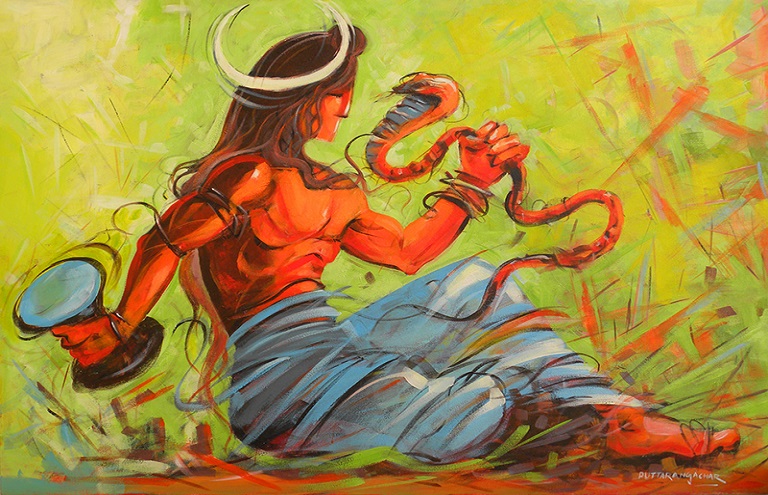
Themes & Features
The Guler-Kangra art is primarily the art of drawing which is precise and fluid, lyrical, and largely naturalistic. In these styles, the faces are well modeled and shaded judiciously with such precision that they seem to possess almost porcelain-like delicacy.
The main theme of Kangra painting is Srinagar, capturing the erotic sentiment of the valley. The subjects featured in Kangra painting exhibit the culture and lifestyle of the society of that period. With Bhakti cult being the driving force, the love story of Radha and Krishna was the main source of spiritual experience, for the pictorial representation. Symbolizing the devotion of soul to the Supreme God, Bhagavata Purana and the love recitals Gita-Govinda of Jaidev were the most popular subjects primarily dealing with the legends of Radha and Krishna. As the sentiment of love remained the inspiration and the central theme, many Kangra paintings featured Krishna leelas wherein He is depicted dancing with the gopis in the lush woodlands or involving in mischievous activities in his village or playing his melodious flute mesmerizing everyone around.
“What Chinese art achieved for landscape, is here accomplished for human love. Here if never and nowhere else in the world, the western gates are open wide. The arms of lovers are about each other’s neck. Eye meets eye, the whispering sakhis speak of nothing else but the course of Krishna’s courtship, the very animals are spell-bound by the sound of Krishna’s flute, and the elements stand still to hear the raga and raginis.” — Anand Coomaraswamy, Famous Philosopher of Indian art and Interpreter of Indian Culture
This art form was also noted for its portrayal of the feminine charm with natural grace and elegance, which was generally conceived as the embodiments of youth, beauty, and emotive sentiment. The figure of youthful coy ‘nayika’ (heroin) in Kangra miniatures was an ideal physical type, slender, radiating infinite charm and sensitiveness. Having large eyes as any lotus flower, tresses falling in heavy plaits, firm and high breasts, thighs which are full and smooth, hands like rosy flowers, gait as dignified as an elephant’s and demeanor demuse.
Though excelling in the female figures, Kangra artists also had a deep interest in landscapes, capturing the countryside, mountains, rivers, trees, wildlife, cattle, and even small flowers, very meticulously in the paintings.
Though the themes were diverse, the color scheme of Kangra painting always followed a toned-down approach in such a way that it looks soft, cool but mesmerizing, and cheerful. At the zenith of its refinement, Kangra painting presents a pure melody of flowing lines and glowing organic colors, breathing out a sense of space, tranquillity, love, and poetic sentiment. Even the unfinished pictures, drawings, and sketches of Kanga reveal their own charms and beauty, in the free-hand movement of the delicate and spontaneous line.
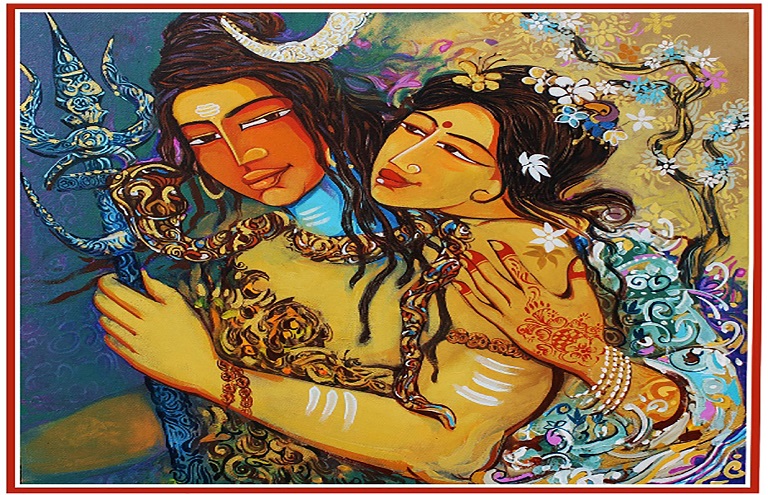
The Revival
As photography made it extremely easy and quick to capture the natural beauty of the surrounding landscape, Kangra art lost its appeal significantly. Things got worse after the advent of the cinema.
But, today Kangra miniatures are on the threshold of a revival owing to the efforts of the traditional painters and financial support and strong initiatives by the government as well as several cultural institutions. Kangra Museum was established in 1990 in Dharamshala, later on, the Kangra Arts Promotion Society (KAPS) was formed in 2007 to work towards the promotion and preservation of Kangra miniature paintings. They were also successful in getting the GI tag for Kangra paintings in 2015. Apart from the regular exhibition and workshop on Kangra art, KAPS is actively involved in providing a selling platform for its artists where art lovers can buy paintings online. The institution has also recently started a school to ensure that this art form is passed on to the younger generation.
Today, the few remaining masters of this folk art now have the state as a patron, some of whom have been provided a position in the government sector, wherein they have access to spaces to work on their paintings, interact with visitors, and take on students.
And perhaps, in the coming years, this art will be seen not just in museums, studios, online art galleries, and homes overseas, but on the walls of discerning Indians who understand the dedication, passion, and skill that goes into creating this intricate miniature painting.
With artist studios, a dedicated, and support of the government, the future seems bright for this heritage miniatures!











